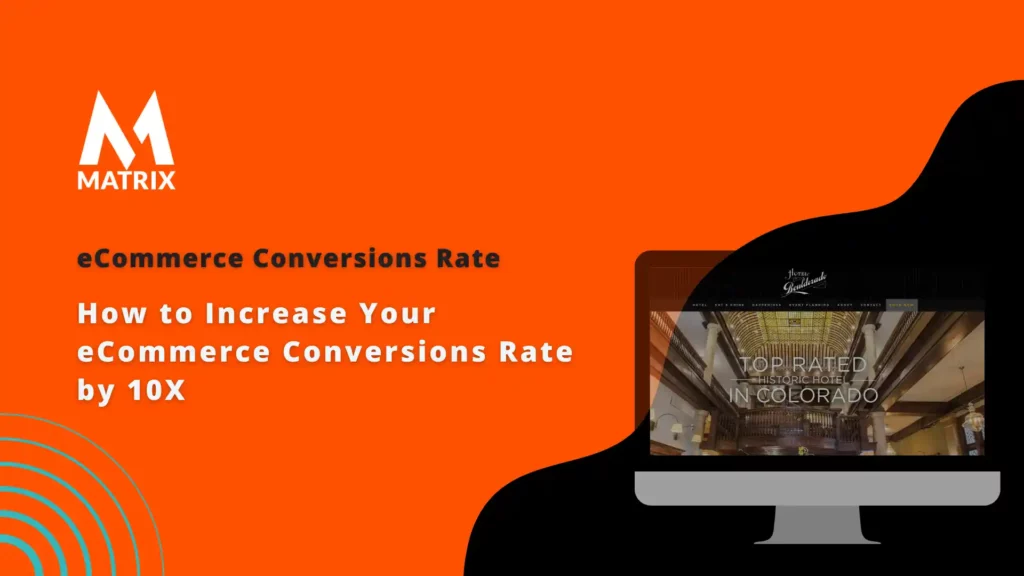Your ecommerce conversions rate means survival for an early-stage company
Ecommerce conversions rate is an important metric to watch after the website’s traffic metric.
Economic downturns are a hassle to go through, but an unfortunate reality for all businesses. Did you have a virus, or maybe COVID-19, in your business plan? These recessions can destroy businesses that haven’t prepared; these unprepared enterprises are often brand-new or inexperienced businesses.
Most micro businesses and startups are looking for lifelines like PPP or SBA loans to make it to the next month, ouch.
E-commerce businesses are not exempt from these risks. It’s easy to get pessimistic about the economic downturn and how it could affect your new business. Fortunately, there are actions you can take to increase your chances of thriving during the economic downturn.
It’s times like now when businesses must innovate and consider how to boost their revenue streams and reduce possible costs.
Now is the time for companies to increase their e-commerce conversion rates. HINT: you should have a dashboard you should look at weekly anyway.
Protecting your business by increasing your conversions in a down economy is essential. But more importantly, how are you going to improve it? You’ve got two choices: (1) increase your top-of-funnel traffic flow; or (2) increase your conversion rate.
CRO Theory and Ecommerce Conversions Rate
The first thing new business owners of early-stage e-commerce sites need to know is how to use conversion rate optimization (CRO). You can achieve this by auditing and optimizing your website or with agencies like Convertica.
Conversion rate optimization compels visitors to your site to take specific actions, such as buying a product or signing up for an email newsletter list. If this is your first time doing CRO, you’ll likely make some mistakes. However, there are some basics you can remember about CRO theory that will help you:
- CRO is about your users, not you. You must learn everything you can about your audience and understand their needs to ensure your site tailors to it. Only by making small changes to your website based on audience needs will you start to increase conversions.
- CRO thrives on data and science. However, it has an artistic guessing element (by guessing, we mean reasoning based on sound, historical data). CRO deals with human behavior, which isn’t necessarily predictable. It would be best to combine the art of reasoning with data science.
- CRO needs sufficient traffic to get conclusive results. The only way to know if the CRO changes you’re making to your site are working is if you have enough traffic to test them. Having enough site visitors ensures the sample size is big enough to start making hypotheses.
Once you’ve understood the theory, it’s time to get down to business, optimizing your store for better e-commerce.
The Three Basic Steps to increase your eCommerce conversions rate
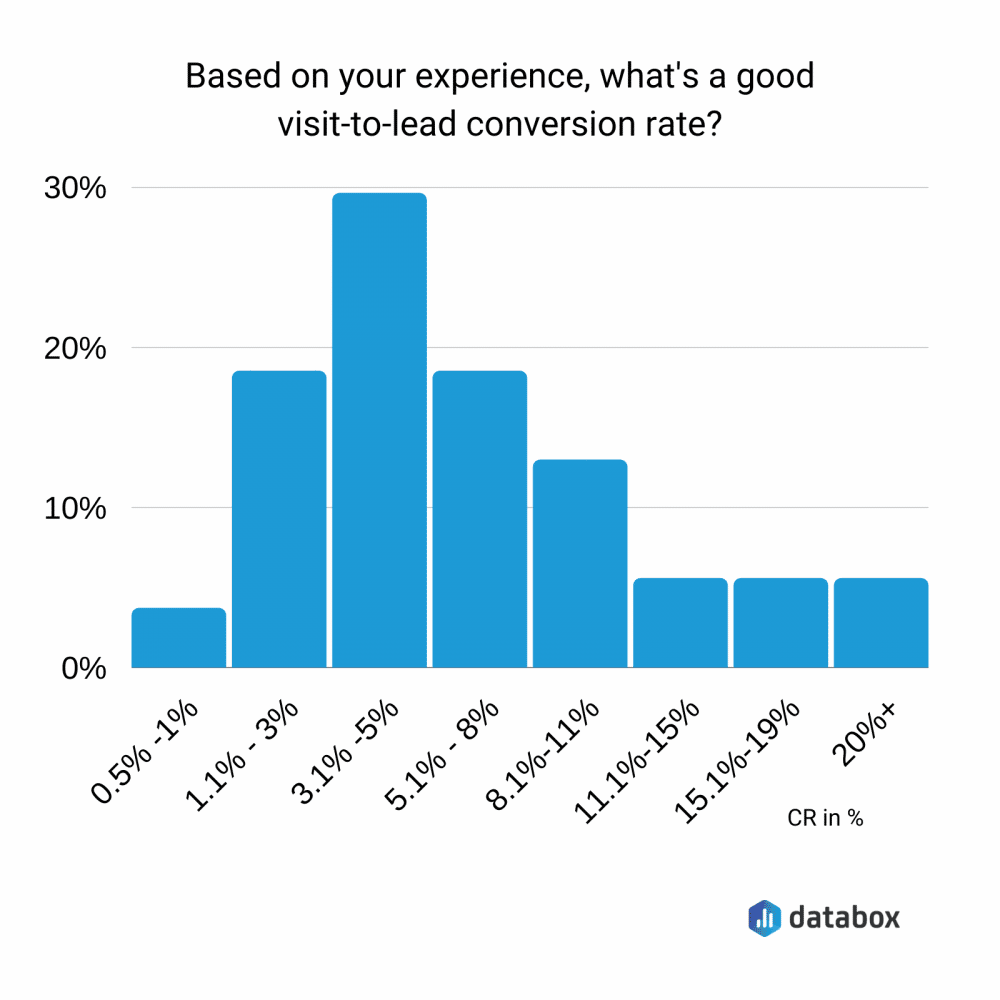
If you’ve never been a business owner in an economic downturn, you may not know what to focus on amidst the chaos. The uncertainty can lead to unwise choices in budgeting or analytics, resulting in lower conversions and less business. In an economic downturn, and selling in a recession can be detrimental to your e-commerce and may require a pivot.
Here are the three main recession marketing strategy steps for you to follow and boost your ecommerce conversion rate.
Dive Into Your Target Audience’s Behavior
People will change as their surroundings change. Although there are general trends as time goes on, some events can completely change how your target audience behaves. These events include economic downturns.
People are likely to change their spending habits when they feel that what they have is in danger. This psychology is one of the biggest reasons why spending is minimal during a recession.
If you want to predict how your target audience will behave accurately, you’ll need to deeply dive into their motivations and behaviors. During a downturn, most customers will fall into four main groups:
- Stop-Everything Consumers: These customers are the most vulnerable and hardest hit by the recession. They will eliminate, postpone, decrease, and substitute almost all purchases. These are usually lower-income consumers.
- Optimistic About Long-Term Consumers: These customers are confident about the long-term but not necessarily short-term economic recovery. They reduce spending in all areas, although less severely.
- Well-Off Consumers: These are secure about riding out economic highs and lows. They don’t reduce spending too much during the downturn. Often, these consumers are either high-income or mid-income but financially stable.
- Largely Unaffected Consumers: This group comprises mostly urban and young people who spend their money on experiences instead of “things.” This group also is most likely to produce user-generated content to promote products they use and enjoy.
Customers will prioritize their spending by sorting them into the following categories:
- Essential items needed to survive and central to a person’s well-being
- Treats that are immediately gratifying and justifiable
- Postponable items that are necessary but can wait if necessary
- Expendable items that are not necessary or justifiable
Find out where your target audience falls and what kinds of products your ecommerce store provides. It would be best if you had this to boost your ecommerce conversion rate. From there, you can know how likely your target audience is to continue purchasing your product.
You can move on to the second step: auditing and optimization.
Audit Your Site and Optimize
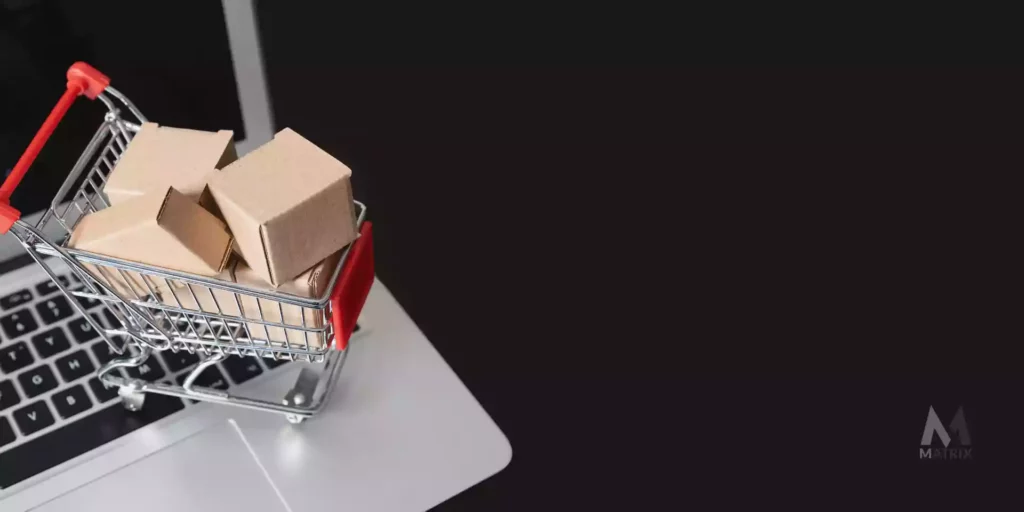
Now that you’ve learned about your target audience, you’ll need to optimize your site to tailor it. If you don’t have software for site analytics, it’s time to look into one.
Analytics
You can use heat maps to see what visitors do when they visit your site. This data helps you understand what generates the most interest.
From here, you can know specific details about them, such as where they’re clicking or what they’re reading. You can use analytics tools to show you data about your site.
Design for Optimization
After you’ve looked at the analytics, you need to optimize your site. Consider the design, menus, navigation, CTA’s, and everything else when optimizing.
The website’s design can mean the difference between someone coming to the site and shopping or immediately leaving because of poor design choices. In an economic downturn, this can be detrimental to your business.
Test, Adjust, Repeat
CRO is not a one-off process. It’s relatively simple but requires time, patience, and diligence. With an eye toward conversion, you’ll need to test, adjust, and repeat the process to keep up with changing market demands.
Test Optimization Strategies
Once you’ve designed and optimized your website, you must test it. Testing can cost money, which can be difficult in an economic downturn. However, you won’t know the success of your CRO campaign or how you’ve improved your conversion rate without trying out different possibilities to see which one increases user actions.
Adjust
Once you’ve received results back from your testing, use these results to adjust your site accordingly. Whichever version of the site page gets more conversions is what you should implement into the real webpage and publish.
You can choose another site component or page to adjust and repeat the process.
Repeat and Repeat
This process is never finished, especially not during or after an economic downturn. The market is shifting, the audience’s wants and needs continually change, and your site needs to do the same.
Take the time to go through these three steps and optimize your site to make it through the economic downturn with both feet on the ground.
1. How do analytics help with site optimization?

Analytics tools will show data about your site and the conversion rate, including the device and demographics. It also can show you other important information, such as:
- Overall site performance
- The sources visitors use to reach your webpage
- Visitors’ geolocations
- And ecommerce conversions rate
This information is valuable because it shows visitors’ perspectives on your product and reveals potential opportunities for your business.
2. What kinds of tests can I run on my site?
A/B testing is in any CRO marketer’s toolkit. The ecommerce conversion rate is no different.
First, you’ll need to identify a site component that needs testing. You can determine this by looking at the site analytics to see which pages or areas of pages aren’t receiving much traffic or clicks.
Keep one original version of the page (variant A), then edit and optimize another version of the page (variant B) to determine which performs better.
Send the original version of a page to half of your audience and the other half of the page to the other half of the audience, then see which one gets more conversions.
Remember that you’ll need to leave both pages to test for at least a month or two before analyzing results, especially if your site has lower traffic than usual because of the downturn.
3. How can I get more site visitors to expand my testing pool?
There are several ways to get more site visitors, including but not limited to:
- Advertising
- SEO-structured content
- Guest posts with backlinks
- Email marketing
- Keyword targeting
Remember that you need the traffic to conduct testing and convert site visitors to increase your ecommerce conversion rate. Using one or all of these can increase your testing pool exponentially.
4. How do I know what to optimize on my site?
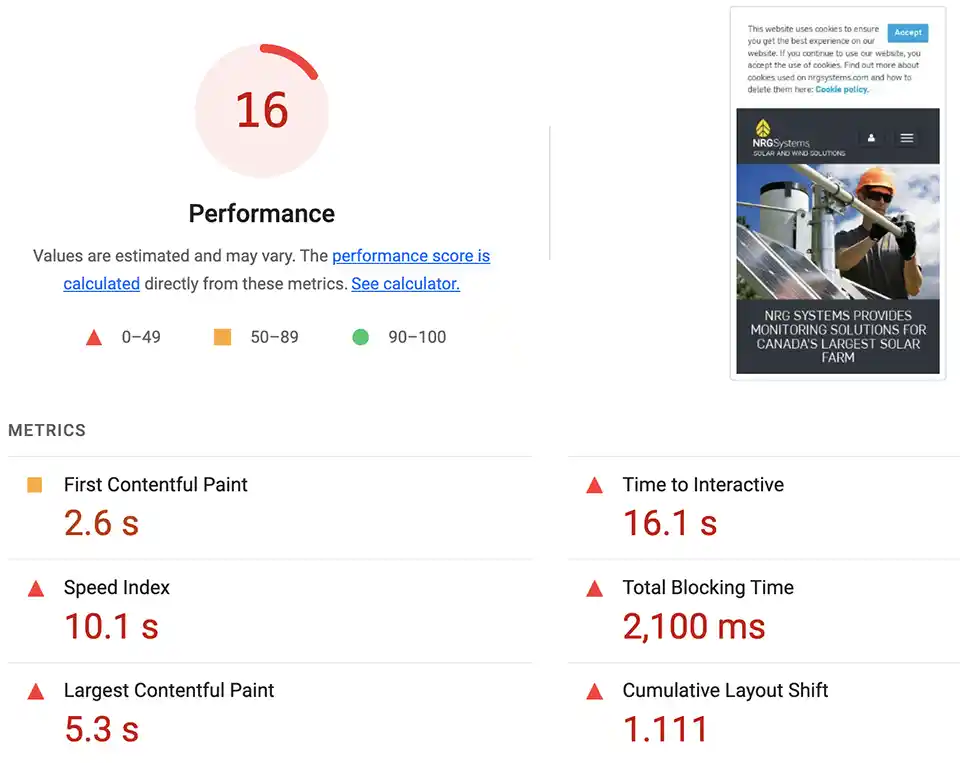
You can use the information you learned about your audience in Rule 1 to make wise design choices for site optimization.
For instance, if your target audience is part of the urban, young crowd that spends their money on experiences, perhaps writing product descriptions in “feeling” language can help convince them to purchase.
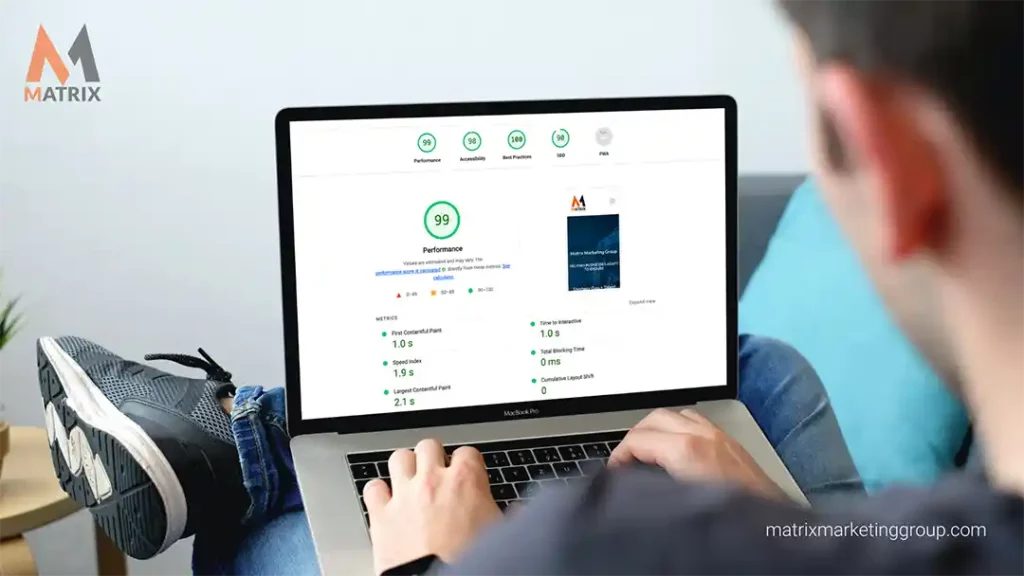
If your target audience is in the older, more financially stable crowd, you should note that they may not be as computer-savvy as their younger counterparts. It would be best to accommodate more straightforward menus, easy check-out options, and clear product descriptions.
Conclusion to increase your eCommerce conversions rate
Economic downturns aren’t easy for anyone, especially early-stage e-commerce business owners. There isn’t a standing store, and you often aren’t face-to-face with your customers. It’s a lot more challenging to know what makes them tick.
However, with sophisticated business analytics software tools and a little common sense, you can increase conversions and thrive even during an economic downturn.
COVID-19 worldwide won’t be the last crisis or economic downturn, so prepare for the worst and hope for the best. You can do it!
We’re listening.
Have something to say about your thoughts on increasing your eCommerce conversion rate?
The digital imperative is about how small and medium-sized businesses can leverage sales and marketing automation technology to survive and thrive in a bad or bad economy. It would be best to rethought how your sales and marketing operations have been running and how to improve them with less.
Companies and organizations of all sizes are rethinking their business strategy and structural operations. Some are not by choice but by survival.
General FAQ’s
What is the ecommerce conversion rate?
The conversion rate is defined as the percentage of visitors that land on your website who complete the desired action. An ecommerce conversion rate is the percentage of website visitors who purchased something from your online store (in a set period).
What is a typical conversion rate for ecommerce?
The latest survey and studies in 2020 show that the average conversion rate of e-commerce websites is 2.86%. The average eCommerce website conversion rate in the US stands at 2.63% as compared to the global website conversion rate of 4.31%. Conversion rate information is one of the most protected data on the web.
What is an online store conversion rate?
Definition: The conversion rate is the percentage of users who take the desired action. The archetypical example of conversion rate is the percentage of website visitors who buy something on the site. Example: 100,000 people visit an ecommerce site during the month of May.
What is a typical website conversion rate?
Website conversion rates have quite a bit of variance depending on the industry and business model. Generally, though, ecommerce conversion rates are lower coming in between 1.84% and 3.71% – while the average conversion rate across industries ranges between 2.35% and 5.31%

